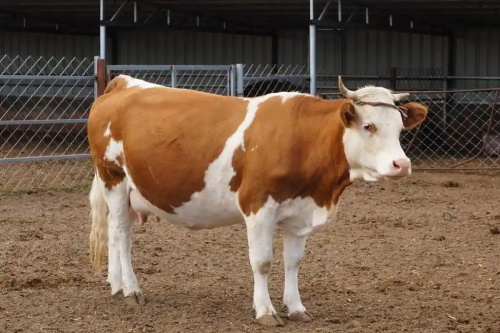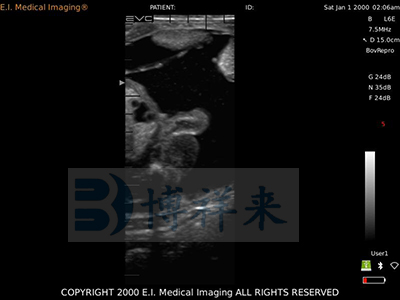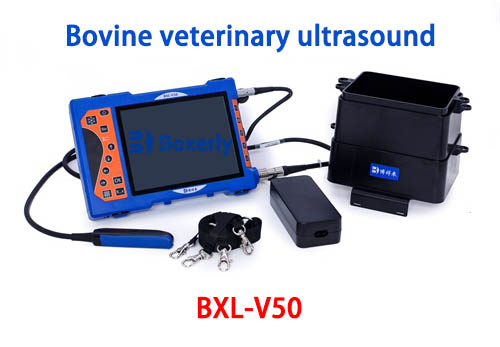When performing ultrasound examinations on cattle, veterinarians rely on precise frequency settings to ensure accurate imaging. The right frequency choice directly impacts the quality of diagnostics, whether for detecting pregnancy, monitoring organ health, or identifying potential issues. This article explains the process of selecting ultrasound probe frequencies tailored to cattle, focusing on practical applications and equipment considerations.

Why Ultrasound Frequency Matters for Cattle
Cattle vary in size, age, and body composition, which means a one-size-fits-all approach won’t work. Lower frequencies (e.g., 2–3 MHz) penetrate deeper tissues, making them ideal for larger animals or assessing internal organs like the liver. Higher frequencies (5–8 MHz) provide clearer images of superficial structures, such as muscle or early-stage pregnancy detection. Veterinarians adjust these settings based on the specific exam goals and the animal’s physical traits .
Factors Influencing Frequency Selection
พื้นที่ probe’s frequency isn’t just about image clarity—it’s also about safety and efficiency. อย่างเช่น, older cows with thicker abdominal walls may require lower frequencies to bypass dense tissue. Younger calves, with thinner body walls, benefit from higher frequencies for detailed imaging. นอกจากนี้, the type of probe (linear vs. convex) and its intended use (reproductive checks vs. musculoskeletal exams) guide veterinarians in fine-tuning the device .
Practical Tips for Frequency Adjustment
Start by calibrating the ultrasound machine according to the manufacturer’s guidelines. For routine herd checks, many vets begin with a mid-range frequency (3–5 MHz) and adjust upward or downward based on initial imaging results. If targeting a specific area, like the uterus during pregnancy scans, gradually increase the frequency until the amniotic sac or fetal heartbeat becomes visible. Always balance penetration depth with resolution to avoid incomplete diagnoses .
BXL’s Role in Advancing Cattle Ultrasound Technology
Companies like BXL have developed probes with adjustable frequency ranges to simplify veterinary workflows. Their devices feature preset modes for common cattle exams, reducing guesswork while maintaining flexibility. เช่น, BXL’s portable units allow vets to switch between frequencies seamlessly during farm visits, ensuring adaptability in field conditions .
Maintaining Equipment for Consistent Performance
Regular maintenance ensures probes deliver reliable results. Clean the probe after each use to prevent debris buildup, which can distort images. Check for software updates from the manufacturer, as these often include optimized frequency algorithms. Storage in a temperature-controlled environment also prolongs the device’s lifespan, preventing damage from extreme heat or humidity .

Training and Skill Development
Even with advanced equipment, a vet’s expertise remains critical. Hands-on training helps professionals recognize how subtle frequency changes affect imaging. Workshops or online courses—many offered by veterinary schools—teach techniques like adjusting settings for obese cattle or differentiating between tissue types. Peer knowledge-sharing, such as case study discussions, further refines these skills .
บทสรุป
Setting the right ultrasound frequency for cattle requires a blend of technical knowledge and practical experience. By understanding the animal’s anatomy, leveraging adaptable tools, and staying updated on best practices, veterinarians can enhance diagnostic accuracy and improve herd health outcomes. Whether using BXL’s innovations or other trusted brands, the focus remains on delivering care that’s both efficient and effective.
